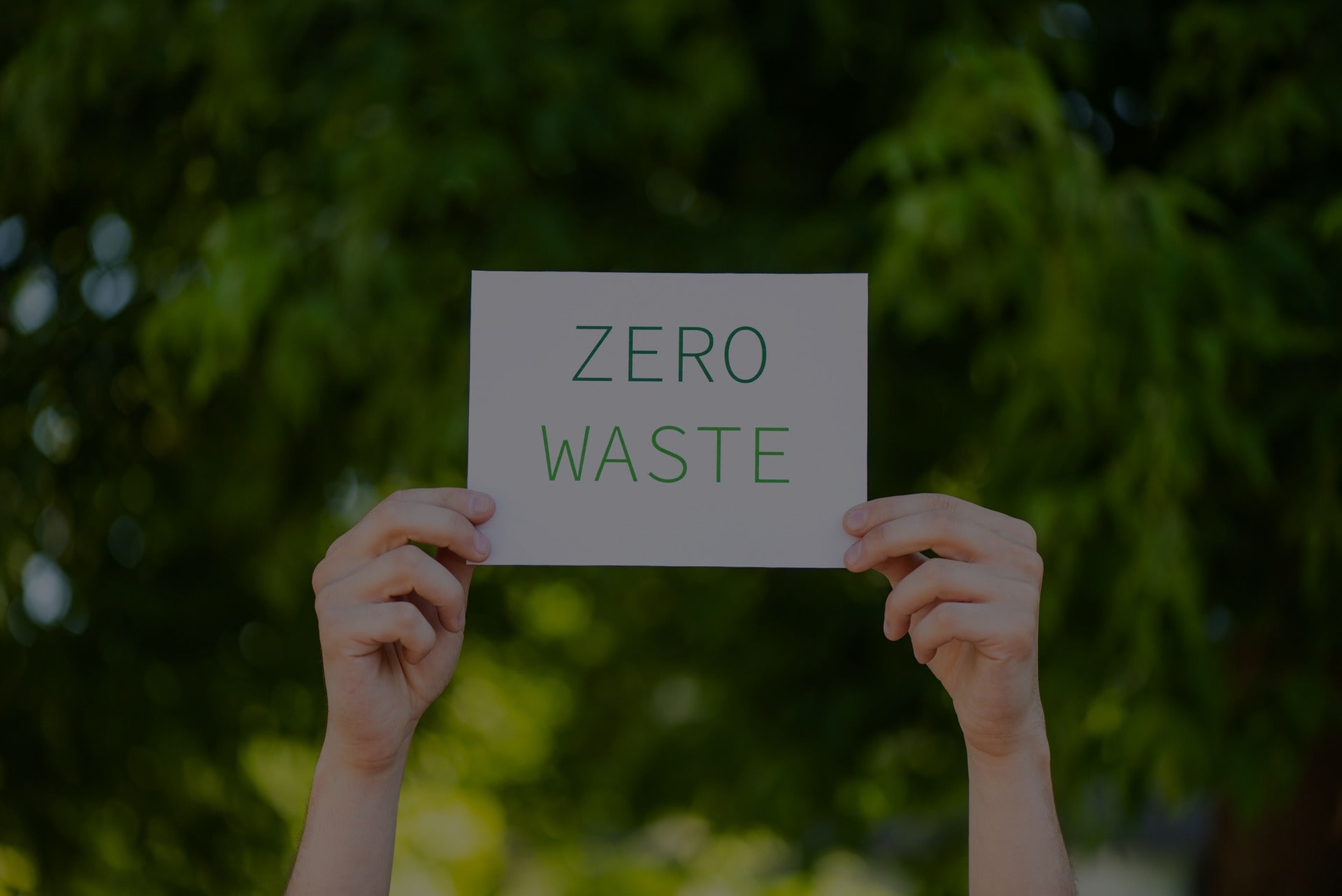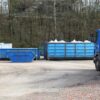Zero Waste to Landfill –
Sustainable development is the goal, and positive cost-benefit analysis is necessary. One essential truth, however, lies at the core of every “zero waste to landfill” commitment: it is best to avoid sending waste to the landfill.
It’s critical for businesses to comprehend the task when the biggest legacy brands in the US and across the world align to announce responsible trash diversion and recycling goals.
Understanding the idea of zero waste to landfill (ZWTL) and how to change your company’s operations to achieve the frequently desired sustainability objective will enable you to prevent our country from heading toward an economic and environmental disaster due to an enormous amount of garbage.
Zero Waste to Landfill Means What?
It’s helpful to start with America’s landfill crisis to get the complete context. In summary, landfills are the third-largest source of human-caused methane emissions, they leak hazardous leach-ate into our soil and water, and they are filling up; in five years, seven states will have reached their full capacity. Therefore, it makes sense to send less waste there, which is why ZWTL has become more popular.
Although the idea appears simple enough, there are several alternative ways to define zero waste to landfill. The concepts of “zero waste” and “zero waste to landfill” are executed quite differently, which further complicates problems.
Zero waste to landfill is a general waste reduction strategy with the final goal of completely eliminating the amount of garbage and material that ends up in landfills. Zero waste to landfill encompasses the complete life cycle of a company’s goods or services and involves efficient decision-making that takes into account moral, financial, environmental, and economic factors.
Zero Waste International Alliance
The collective definition is broad, but the Zero Waste International Alliance (ZWIA) adds specificity by stating that a certified zero waste business achieves “at least a 90% resource recovery rate, which means there may still be a 10% stream of mixed materials, some of which are non-recyclable, non-compostable and non-reusable discards that will need to be disposed of.”
It is anticipated that the corporation will make an effort to sift leftover recyclables from the remaining 10%, or look for bio-stabilization through anaerobic digestion and bio-energy solutions, before land-filling as a last resort.
That’s another place where appropriate nomenclature can become confusing. By sending an excessive amount of residual waste to an incinerator as a first course of action, some businesses economize in an effort to achieve zero waste to landfill status. Although waste-to-energy technology and methane capture have advanced, there are still issues with this practice’s environmental impact.
The concept of zero waste, on the other hand, refers to the “conservation of all resources” through ethical and sustainable production, consumption, reuse, and recovery of goods, packaging, and related materials without incineration or environmental discharges.
A Zero-Waste Program’s Design
Although many organizations object to the thought of establishing programs on this magnitude, even easing into zero waste rules gradually can begin producing significant results.
Ready2Go Dumpsters collaborates with businesses as a partner in sustainability to analyze and streamline their garbage services, resulting in year over year savings and increased effectiveness. Our SMB fast list was created based on our expertise assisting with the implementation of these policies and is intended to assist your small or medium-sized business in creating a successful, personalized program.
Analyze Your Waste
To determine the types and quantities of trash produced by your company, conduct a waste audit of your office, facility, factory, school, restaurant, etc. To put it simply, in order to plan your method for reduction, you must know what types and how much of each type your organization regularly produces. Although impromptu trash audits are possible, we advise using a more organized procedure. Just let Ready2Go Dumpsters know if you need advice on how to go about it. Consultations are free and hassle-free.
Do What You Can Control First
Although many businesses now focus on multi-scope reports that outline the sustainability of their partners and suppliers, that wasn’t where they started. Start with modest adjustments that are specific to your company. Here are a few quick ones you can start using right away:
1. Ensure that your recycling program is successful and well-known.
2. Add new material streams by coordinating with your recycling partner, such as mixed paper or food waste.
3. Begin discussions about redesigning products and manufacturing processes to promote closed-loop, more natural processes.
If you have additional questions, please contact us by phone or leave us a message. We’re ready to help you with your waste management needs.






